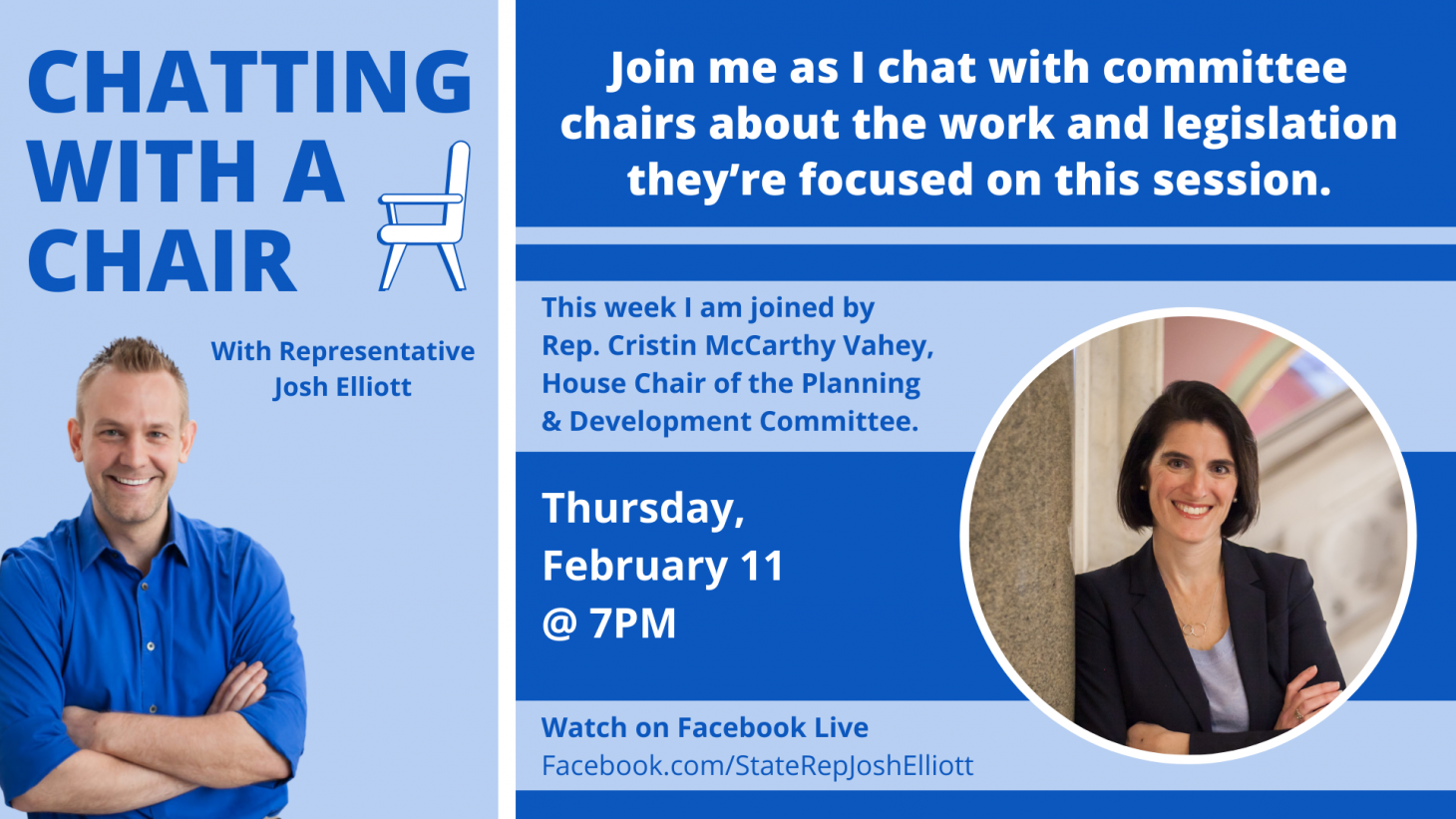|
Data on COVID-19 vaccine administration by race and ethnicity released
The Connecticut Department of Public Health today released data showing how vaccines in Connecticut have been administered throughout the state across race and ethnicity as of February 3. The data, while limited, mirrors what states across the country have seen: that disparities exist in vaccine administration across racial lines, with Black populations lagging behind White and Hispanic populations.
The department cautioned that the data should be interpreted with several caveats:
- While reporting of race/ethnicity is required for all vaccine providers, there are some gaps, which is the case across all vaccines and not unique to COVID-19 vaccines
- Providers and individuals have the option of selecting “other,” “multiple races,” or “not reported,” which makes analysis and comparisons across races difficult
- Providers use multiple means to report data to the state, which then must be aggregated and analyzed, which can lead to missing or under-reported data
The department also noted that data quality issues are not unique to Connecticut and are being seen across the country. Recently, the Centers for Disease Control and Prevention (CDC) noted that 50 percent of the data reported by vaccine providers across the country did not contain race/ethnicity data.
Despite these limitations, Acting Public Health Commissioner Dr. Deidre Gifford noted that the data does suggest that disparities exist in the administration of vaccines to historically underserved communities, particularly Black populations.
“As we open up the vaccine program to individuals 65 and over, we are redoubling our efforts to ensure that vaccine is reaching the communities and populations who have been disproportionately impacted by COVID-19,” Commissioner Gifford said. “We are re-allocating additional vaccine to communities with large minority populations, encouraging our vaccine providers to conduct outreach and implement other measures to ensure that individuals from underserved communities have equitable access to vaccinations.”
Commissioner Gifford pointed to several other steps being taken to address disparities in vaccine administration, including:
- Ensuring adequate vaccine supply. Underserved cities and towns are home to 60 percent of Connecticut’s population, and the Department of Public Health is allocating vaccine to ensure there is no shortage of doses.
- Targeting an additional roughly 10 percent of the state’s allocation to go to what are known as “high SVI towns” for use at clinics targeted for senior housing, congregate settings, and other locations with populations that might not have easy access to the vaccine:
- Those towns/cities are identified using the CDC’s social vulnerability index (SVI), which seeks to identify municipalities where a number of factors, including poverty, lack of access to transportation, and crowded housing may weaken a community’s ability to respond to a public health crisis, like a pandemic.
- Launching 60 pharmacy locations this week:
- Two-thirds are in high SVI towns
- One-third are in rural, underserved communities
- Establishing Connecticut’s Vaccine Appointment Assist Line (877-918-2224) to broaden access to residents without internet access or who have technology issues, and for non-English speaking residents.
- Deploying community outreach specialists – bilingual, with existing relationships in local communities – to serve as vaccine ambassadors.
- Launching a trusted messenger Train the Trainer Program for community leaders, starting with outreach to underserved communities.
- Supporting a multi-lingual education and social media campaign to boost vaccine confidence (communication materials are translated into Spanish, Portuguese, Polish, and Haitian Creole, and other languages on request)
Due to a constrained supply that limits the number of vaccines administered weekly, combined with the relatively unreliable nature of the race/ethnicity data, the Department of Public Health does not have plans at this time for a regular release of this data. In the coming weeks, as the number of individuals receiving their first dose of the vaccine becomes more robust and data reporting more reliable, the department will announce a regular schedule for the release of the race/ethnicity data.
|

